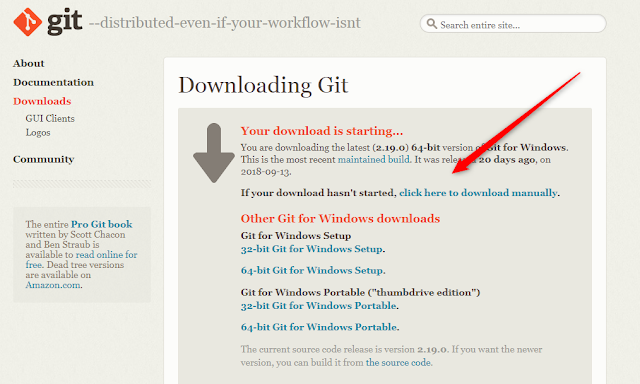MVC Request Life Cycle
ASP.NET MVC Request Life Cycle
Before
going to understand the MVC request life cycle we will have a small
introduction to ASP.NET MVC.
ASP.NET
MVC is a new web application framework from Microsoft, it is a wrapper around
ASP.NET and MVC is not a replacement for ASP.NET its a new architecture which is evolved from 3 layered architecture to
develop web applications which is high in performance and scalability and testability, MVC built on top of ASP.NET and it can utilize the features of ASP.NET authentication/authorization and session variables. MVC
stands for model, view & controller where model represents data, view represents UI and controller acts like code behind.MVC has more advantages over ASP.net
web forms. In MVC there are is no concept of pages and controls, post backs or
view state, complicated ASP.NET event life cycle.
Basically,
MVC is a framework methodology that divides an application's implementation
into three component roles: models, views, and controllers. Hence in Asp.net
MVC we play with controllers, actions, and views.
Little more about model, view, controller .
Little more about model, view, controller .
Model: It retrieve the application data from Database and it also contain
business logic to change the state mention by controller
View: Components that display the applications user interface (UI)
Controller: Components that handle user interaction and display the UI with
help of Model data
Advantage of MVC:
- Light weight framework
- Enables Test Driven Development
- URL based routing
- No ViewState and PostBack events
- Loosely Coupled application development
- Provides clean separation of concerns(SoC)
- Integrated with existing features such as Master Pages, Security, and Authentication
- follows agile methodology
- no event driven programming
While developing web application using ASP.Net MVC, we should understand
how ASP.NET MVC processes our requests and how many main stages there are in
this process.
There are mainly seven stages in the ASP.Net Request Life Cycle.
There are mainly seven stages in the ASP.Net Request Life Cycle.
Life cycle of MVC request is a
series of steps involved in processing client request. Regardless of technology
and platforms almost all the web frameworks have one or other type of Request
life cycle and MVC is no different. Understanding the life cycle of any web
framework helps better leverage the features of request cycle for processing
requests.
In this article I am going to
explain what exactly happens in ASP.NET MVC request life cycle and what each
step in the life cycle does and how we can leverage it further based on our requirements.
This article specifically targets Page life cycle which is different from
Application life cycle. A typical Application life cycle contains Application
start and Application End events; however http Life cycle is something which is
repeated for every request. Since application events are also part of life
cycle, we will see them as we move along.
MVC request life
cycle:
1)
The entry point for MVC Request life
cycle is URLRoutingModule, the incoming request from IIS component is handed
over to URL Routing module which intercepts the request and looks into Routing
table to figure out which controller the incoming request maps to.
2)
Routing Table is a static container of routes
defined in MVC application with corresponding controller action mapping. If the
route is found in the routing table MVCRouteHandler executes and
brings the instance of MVCHttpHandler. Together they act as a gateway into
the MVC Framework.
3) MVC handler (MVCHttpHandler) begins
initializing and executing controller. The MVCHttpHandler also takes of
converting route data into concrete controller that is capable of serving the
request.
4)
MVC handler does all this with the
help of MVC Controller factory and activator which are responsible for creating
an instance of the controller. This is also the place where the Dependency
Injection is performed if the application has been designed to invoke
parameterized controller constructor and satisfy its dependencies.
5)
After the controller instance is
created the next major step is to find and execute the corresponding action.
6)
A component called ActionInvoker finds
and executes the action defined in routing table. Before the action method is
called model bindings takes place which maps data from http request to action
method parameters.
7)
After the model binding, action
filters are invoked which includes OnActionExecuting filter. This is followed
by action execution and Action Executed filter execution and finally preparing
Action Result.
8)
Once the Action method has been
finished executing the next step is Result execution.
9)
MVC separates the action declaration
from Result execution. If the Result from action execution is view, then
depending upon configuration, ASPX or Razor view engine will be called to find
and render the html view as a response of http request. If the result was not
view then it’s passed as-is to http response.
Below image shows
the different operations involved in MVC request life cycle at high level view.





Comments
Post a Comment